
Do you have a water leak? Here are 8 places to check
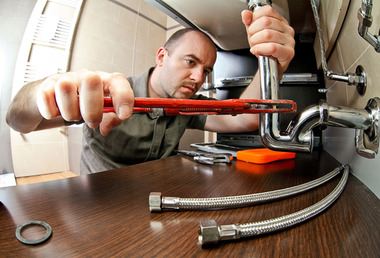
By the time your basement starts flooding, it’s too late. The damage is done, and you’ll end up paying exorbitant fees to fix the problem and clean up the mess.
But in truth, water damage doesn’t usually come out of nowhere. In most cases, flooded basements and other expensive leaks start small and grow with time. They begin as:
- Simple cracks here and there
- Easily overlooked puddles
- Tiny leaks that you can’t even see
Fixing these smaller problems isn’t always free, but it’s much cheaper than dealing with real water damage — the type that forces insureds to camp out for a few nights at the closest hotel.
The goal is not to reach that point. Water damage (of any type) usually carries a price. But scanning for damage before it gets worse is an invaluable investment where the only real cost is time.
Here are eight areas to check before a tiny drip becomes a major water loss:
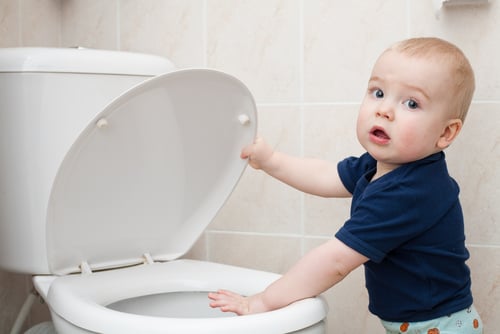
1. Toilets
The toilet is one of the most common sources of water leaks in the entire home. In fact, experts estimate that anywhere from 20% to 35% of all residential toilets lose water. Because this loss is often silent and invisible, it usually goes unnoticed.
In order to check your toilet for leaks, remove the top of the tank and listen very carefully for any hissing. You can also add some food coloring to the tank and wait 20 to 30 minutes. If any of this dye appears in the toilet bowl (without flushing), you probably have a flapper valve leak.
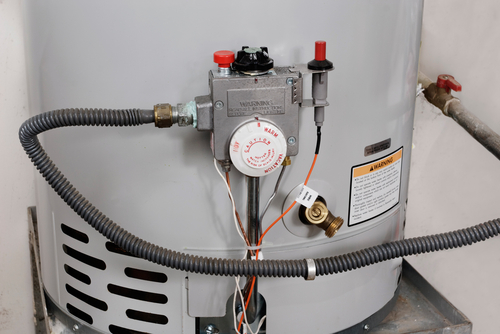
2. Hot Water Tanks
Another common source of leakage is the hot water tank. You should periodically check the pressure relief valve to make sure that it is working properly. Often, these pressure valves feed directly into the drain, making it difficult to detect surface leaks. However, if you hear any sounds from the valve, pipe or drain, you most certainly have a leak.
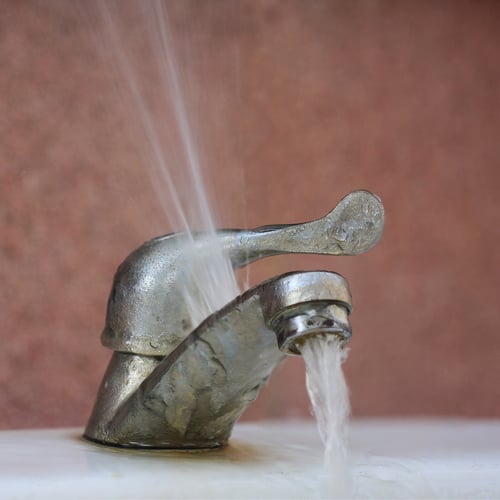
3. Faucets, Spigots and Showers
A leaky faucet won’t necessarily cause water damage throughout the rest of the house. After all, the excess water flows directly into a basin and drain. But ignoring this common problem could end up costing you a lot more than you realize. A typical home can lose anywhere between 2,000 and 20,000 gallons of water per year from leaky spigots, faucets and showers.
Sometimes you can fix the problem with a few extra washers or by readjusting some valves. But if these DIY solutions don’t work, it might be time to call in a professional plumber. Doing so is cheaper than letting the problem continue.
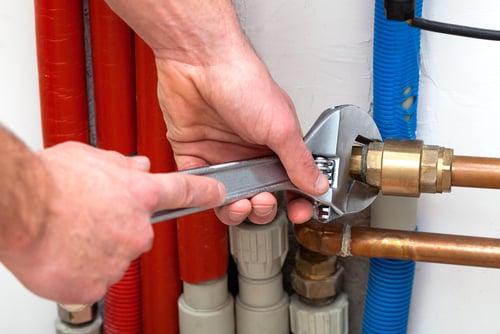
4. Invisible Leaks
Leaky faucets and toilets are relatively easy to spot. But if you could remove all the walls of your house, you’d see an entire latticework of pipes and valves that direct water throughout your home. Any one of these areas can break down and begin leaking — without you ever hearing or seeing the problem until it’s way too late.
The fix? Turn off all of the water in your home — including automatic appliances like sprinklers, washing machines and water heaters.
Check the water meter and write down the current reading. In one hour, check the meter again. If the reading is different, there is a leak somewhere in the home that might require a call to a professional before the problem gets worse.
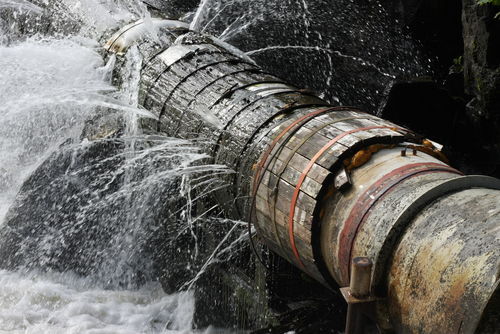
5. Supply Line Leaks
Sometimes leaks happen in the water supply line leading to your home. Finding these leaks is difficult since supply pipes are often buried deep within the ground (3 feet or more). However, there are telltale signs of a problem, including:
- Water within the meter box (especially when there’s been no rain recently)
- Damp soil around the meter or along the buried supply line pipe
If there is a leak between the meter and your home, you’re usually responsible for any repairs. But if the leak exists within the supply line itself, the local water utility is responsible.

6. Attic and Roof Inspections
The most obvious sign of water damage is a flooded basement, but one of the most common entry points is the roof. Periodically check the attic for cracks or mold. A well-insulated attic shouldn’t show any signs of moisture — even after prolonged periods of heavy rainfall.
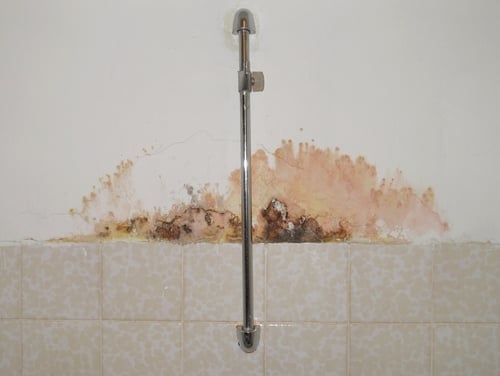
7. Wall-To-Wall Tests
Unfortunately, checking the attic isn’t enough. Test all of the interior walls throughout your home. Sometimes you can spot damage with your eyes, but it’s better to use your fingers to detect any moisture buildup. Don’t forget to check all the walls in the basement as well. Cracks and mold require immediate intervention.
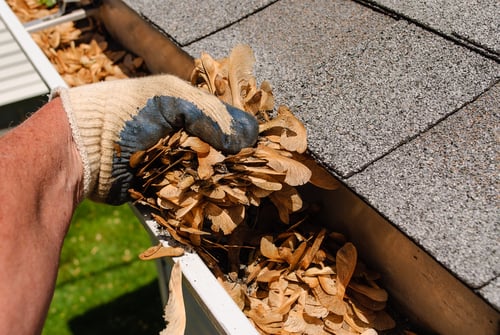
8. Gutter Cleaning
When it comes to simple home maintenance tips, gutter cleaning doesn’t usually rank very high. It’s about as exciting as oil changes or dental appointments.
But seasonal cleaning (especially after autumn) is one of the simplest and most cost-effective ways to protect a home from water damage. Not only do you need to clean out all of the gutters, but you also want to ensure that the drainpipes leading away from your home are free of any blockages as well.
Last, but not least, check to make sure that there are no standing pools of water anywhere around your home. Damp soil is usually a bad sign.
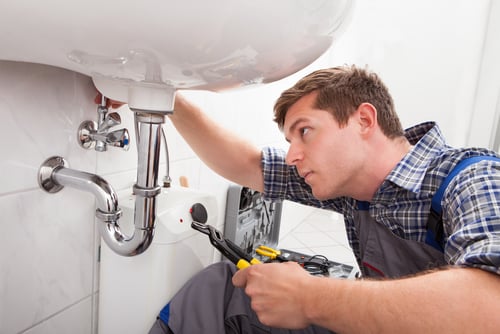
Water damage checkups: A free investment that saves money
Catching water problems early on is a huge money saver. It’s much better to bring in a professional plumber to handle small fixes than it is to clean out a flooded basement or repair heavily damaged walls.
As an added benefit, conducting these DIY checkups will actually make future visits from the plumber even cheaper. Professionals often charge by the hour, and every minute spent looking for problems is money that comes directly out of your pocket. If you can isolate the source of any leaks or damage beforehand, you’ll save a lot more money in the long run.
Patricia Bonacorda is the President of Spartan Plumbing, plumbing and HVAC company that has helped homes throughout the Washington, D.C. area since 1964.
Categories: Blog
